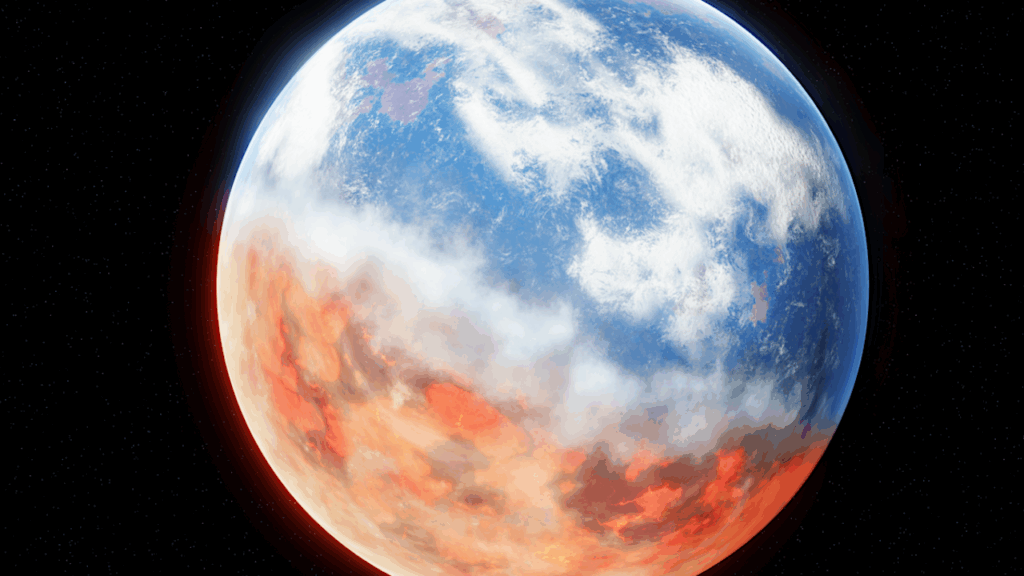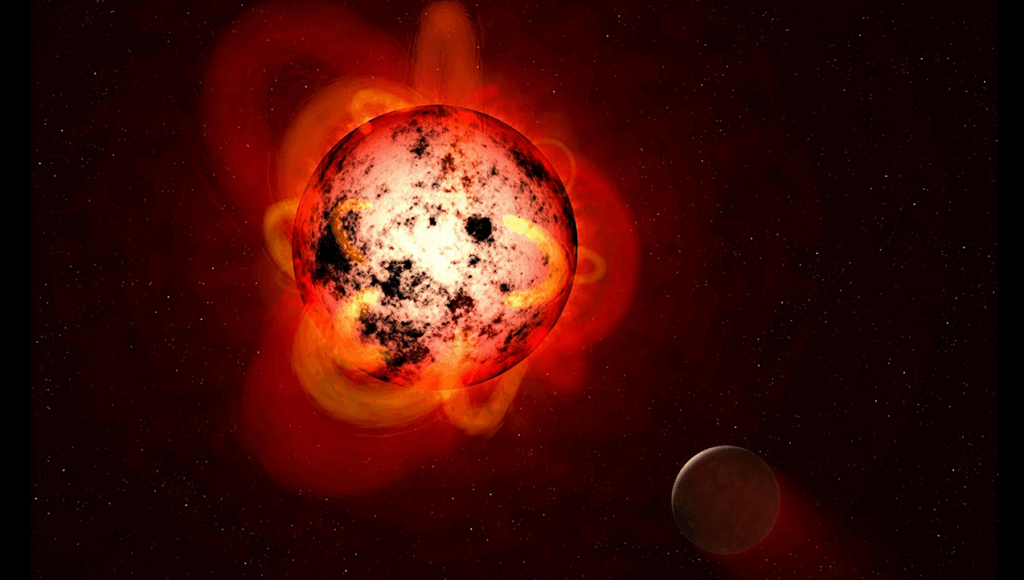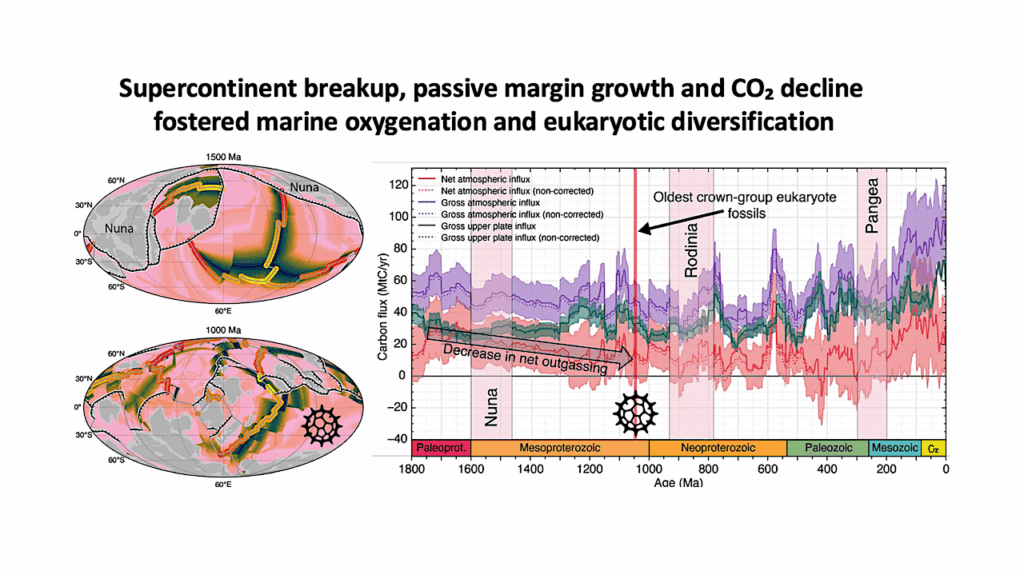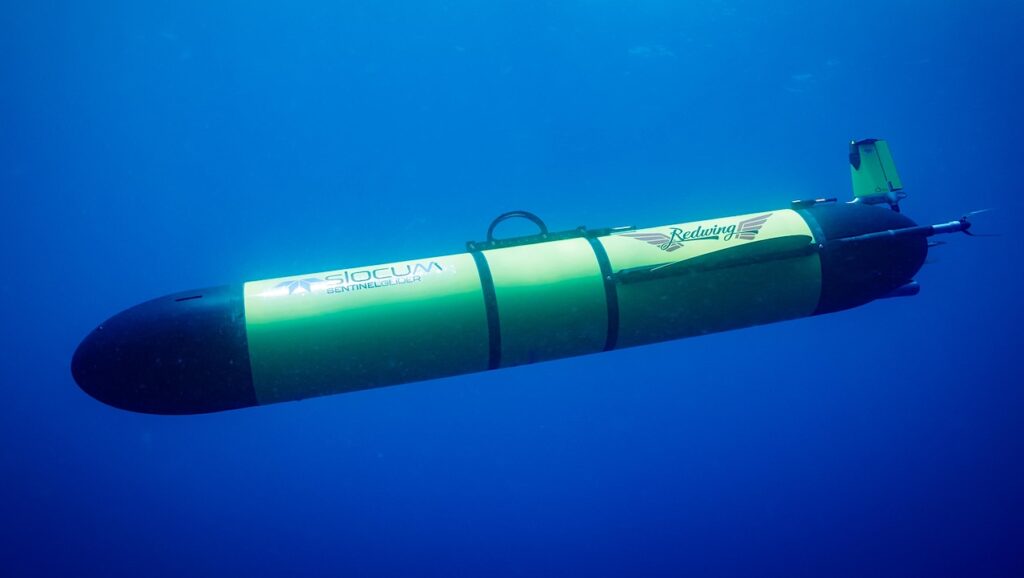Could Proxima Centauri b Really Be Habitable?

The world’s attention is now on Proxima Centauri b, a possibly Earth-like planet orbiting the closest star, 4.22 light-years away. The planet’s orbit is just right to allow liquid water on its surface, needed for life. But could it in fact be habitable?
If life is possible there, the planet evolved very different than Earth, say researchers at the University of Washington-based Virtual Planetary Laboratory (VPL) where astronomers, geophysicists, climatologists, evolutionary biologists and others team to study how distant planets might host life.
Astronomers at Queen Mary University in London have announced discovery of Proxima Centauri b, a planet orbiting close to a star 4.22 light-years away. The find has been called “the biggest exoplanet discovery since the discovery of exoplanets.”
Rory Barnes, UW research assistant professor of astronomy, published a discussion about the discovery at palereddot.org, a website dedicated to the search for life around Proxima Centauri. His essay describes research under way through the UW planetary lab — part of the NASA Astrobiology Institute — to answer the question, is life possible on this world?
“The short answer is, it’s complicated,” Barnes writes. “Our observations are few, and what we do know allows for a dizzying array of possibilities” — and almost as many questions.
The Virtual Planetary Laboratory is directed by Victoria Meadows, UW professor of astronomy. UW-affiliated researchers include Giada Arney, Edward Schwieterman and Rodrigo Luger. Using computer models, the researchers studied clues from the orbits of the planet, its system, its host star and apparent companion stars Alpha Centauri A and B — plus what is known of stellar evolution to begin evaluating Proxima b’s chances.
Relatively little is known about Proxima:
* It’s at least as massive as Earth and may be several times more massive, and its “year” — the time it takes to orbit its star — is only 11 days.
* Its star is only 12 percent as massive as our Sun and much dimmer (so its habitable zone, allowing liquid water on the surface, is much closer in) and the planet is 25 times closer in than Earth is to our Sun.
* The star may form a third part of the Alpha Centauri binary star system, separated by a distance of 15,000 “astronomical units,” which could affect the planet’s orbit and history.
* The new data hint at the existence of a second planet in the system with an orbital period near 200 days, but this has not been proven.
Perhaps the biggest obstacle to life on the planet, Barnes writes, is the brightness of its host star. Proxima Centauri, a red dwarf star, is comparatively dim, but wasn’t always so.
“Proxima’s brightness evolution has been slow and complicated,” Barnes writes. “Stellar evolution models all predict that for the first one billion years Proxima slowly dimmed to its current brightness, which implies that for about the first quarter of a billion years, planet b’s surface would have been too hot for Earth-like conditions.”
Barnes notes that he and UW graduate student Rodrigo Luger recently showed that had modern Earth been in such a situation, “it would have become a Venus-like world, in a runaway greenhouse state that can destroy all of the planet’s primordial water,” thus extinguishing any chance for life.
Next come a host of questions about the planet’s makeup, location and history, and the team’s work toward discerning answers.
* Is the planet “rocky” like Earth? Most orbits simulated by the planetary lab suggest it could be — and thus can host water in liquid form, a prerequisite for life.
* Where did it form, and was there water? Whether it formed in place or farther from its star, where ice is more likely, VPL researchers believe it is “entirely possible” Proxima b could be water-rich, though they are not certain.
* Did it start out as a hydrogen-enveloped Neptune-like planet and then lose its hydrogen to become Earth-like? VPL research shows this is indeed possible, and could be a viable pathway to habitability.
* Proxima Centauri flares more often than our Sun; might such flares have long-since burned away atmospheric ozone that might protect the surface and any life? This is possible, though a strong magnetic field, as Earth has, could protect the surface. Also, any life under even a few meters of liquid water would be protected from radiation.
Another concern is that the planet might be tidally locked, meaning one side permanently faces its star, as the Moon does Earth. Astronomers long thought this to mean a world could not support life, but now believe planetwide atmospheric winds would transport heat around the planet.
“These questions are central to unlocking Proxima’s potential habitability and determining if our nearest galactic neighbor is an inhospitable wasteland, an inhabited planet, or a future home for humanity,” Barnes writes.
Planetary laboratory researchers also are developing techniques to determine whether Proxima b’s atmosphere is amenable to life.
“Nearly all the components of an atmosphere imprint their presence in a spectrum (of light),” Barnes writes. “So with our knowledge of the possible histories of this planet, we can begin to develop instruments and plan observations that pinpoint the critical differences.”
At high enough pressures, he notes, oxygen molecules can momentarily bind to each other to produce an observable feature in the light spectrum.
“Crucially, the pressures required to be detectable are large enough to discriminate between a planet with too much oxygen, and one with just the right amount for life.
As we learn more about the planet and the system, we can build a library of possible spectra from which to quantitatively determine how likely it is that life exists on planet b.”
Our own Sun is expected to burn out in about 4 billion years, but Proxima Centauri has a much better forecast, perhaps burning for 4 trillion years longer.
“If Proxima b is habitable, then it might be an ideal place to move. Perhaps we have just discovered a future home for humanity. But in order to know for sure, we must make more observations, run many more computer simulations and, hopefully, send probes to perform the first direct reconnaissance of an exoplanet,” Barnes writes. “The challenges are huge, but Proxima b offers a bounty of possibilities that fills me with wonder.”
Proxima Centauri b may be the first exoplanet to be directly characterized by powerful ground- and space-based telescopes planned for the future, and its atmosphere spectroscopically probed for active biology.
“Whether habitable or not,” Barnes concludes, “Proxima Centauri b offers a new glimpse into how the planets and life fit into our universe.”
The research was funded by the NASA Astrobiology Institute, cooperative agreement no. NNA13AA93.








